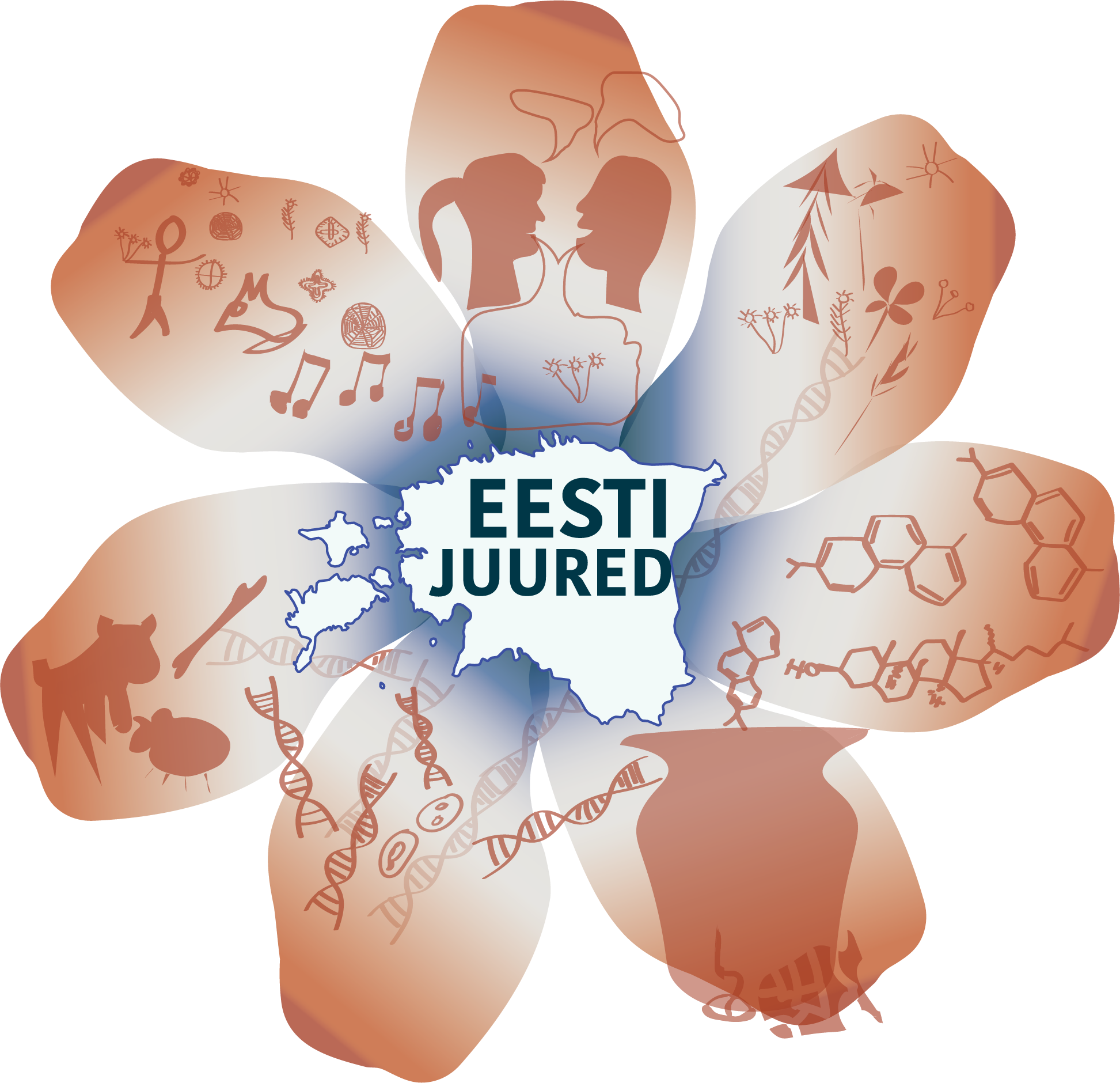From the point of view of Finnic ethnogenesis, one type of remains of key significance are the early tarand-graves. Whereas previously it was assumed that the square stone structures (Estonian: tarand) developed from earlier stone-cist graves – either by enlarging the cist or by changing the round walls rectangular –, nowadays it can be argued that they are a completely new type of burial that appeared alongside the stone-cist graves as a parallel phenomenon. The model for this grave type was apparently the so-called house of the dead that among the eastern Finno-Ugrics represents a long-lasting and widespread grave type. Baltic tarand-graves differ from the mentioned houses of the dead in that they were built completely above ground and from stone – these are features that connect the early tarand-graves to the local stone-cist graves. The characteristics, size and location of the burial chambers – tarands – are, however, similar to the houses of the dead. Whether the early tarand-graves were also roofed or not is no longer possible to ascertain. At the beginning of the Common Era, the form of the so-called typical tarand-grave developed out of a subgroup of the early tarand-graves.
In addition to their origin, the eastern connections of the early tarand-graves are indicated also by some of the finds, especially pottery, as well as the ancient DNA material of people buried there. Also first generation immigrants have been discovered among the burials of some of the graves.
The distribution and chronology of the early tarand-graves
Since the early tarand-graves do not differ a lot from other stone graves prior to excavation, the full extent of their distribution is not possible to determine. The early tarand-graves so far discovered in excavations are distributed primarily along a coastal zone: North and West Estonia, Saaremaa and Muhu, South and Southwest Finland, Eastern Central Sweden (Mälaren region), Curonia and North Latvia as well as the Ingrian plateau. Some possible inland graves (Nava, Salenieki) were established only at the end of the Pre-Roman Iron Age.
According to their composition, the early tarand-graves can be divided into multiple groups: Kurevere (small irregular tarand-graves around a prior stone-cist grave, fig. 1, 2), Kõmsi (tarand-graves and stone-cists of differing size irregularly in multiple rows, fig. 3, 4) and Poanse type (similar-sized tarand-graves in a single straight line) as well as early single tarand-graves. The burial style and the characteristics of the grave goods are, however, common to all there grave groups, going through similar chronological layers. The earliest tarand-graves belong to the time frame c. 800–500/400 BC according to radiocarbon datings from skeletons. As the radiocarbon datings of this period have long calibration frames, the appearance of tarand-graves can not, for the time being, be defined more accurately. In these oldest tarand-graves, the deceased have been inhumed and are mostly without grave goods; in individual cases, pottery has been included (e.g. Ilmandu), although occasionally lavishly decorated burials are also encountered (Võhma Tandemägi). The next chronological group is composed of tarand-graves with grave goods between the 5th-3rd centuries BC; also in this case the burials are mostly inhumations. The grave goods of the Late Pre-Roman Iron Age (3rd century BC – 1st century AD) are more abundant compared to the prior ones, with shepherd's crook pins, thin iron and bronze bracelets and arm rings, knives, etc. During this time, the custom of cremation became more widespread.
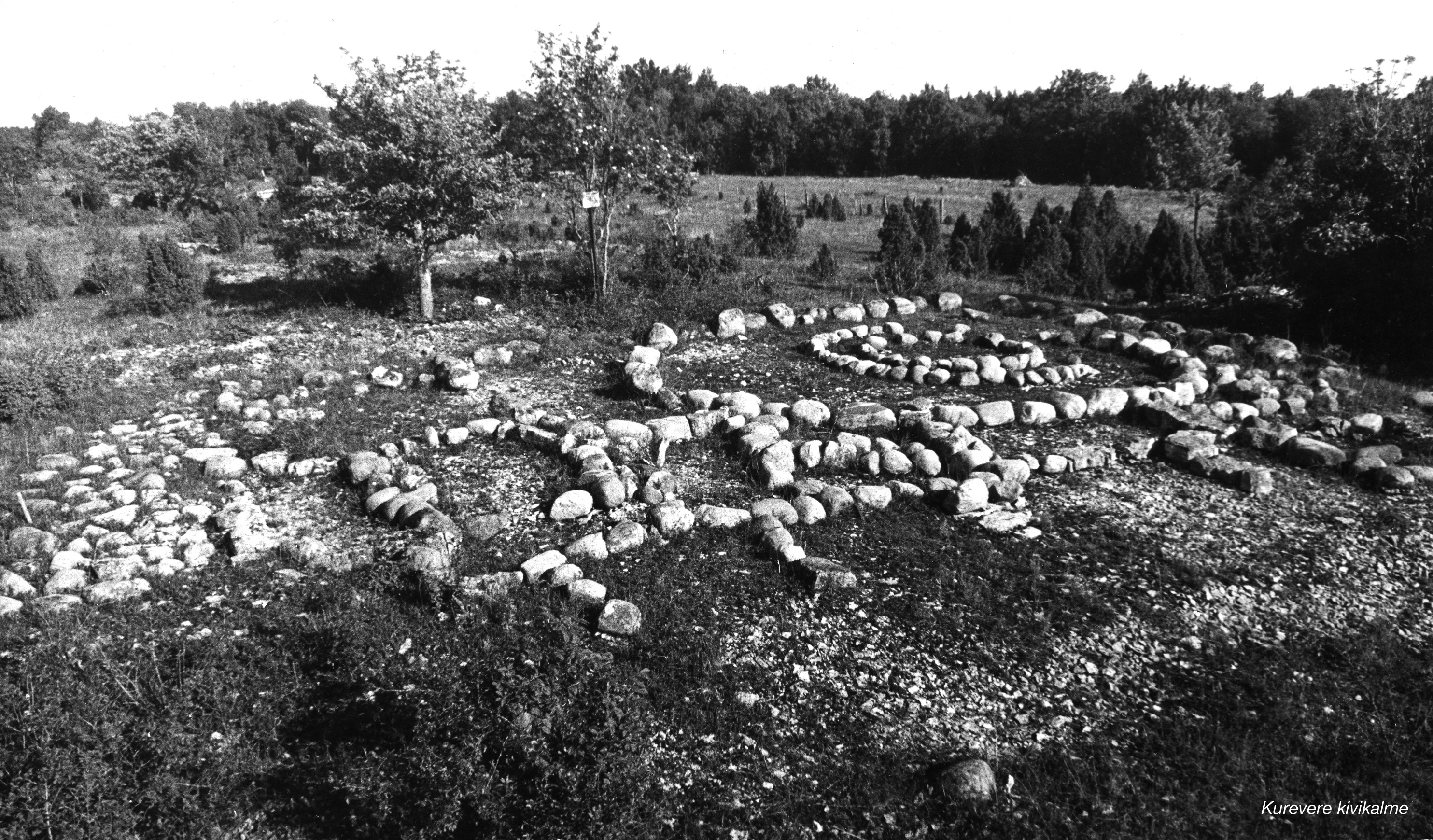
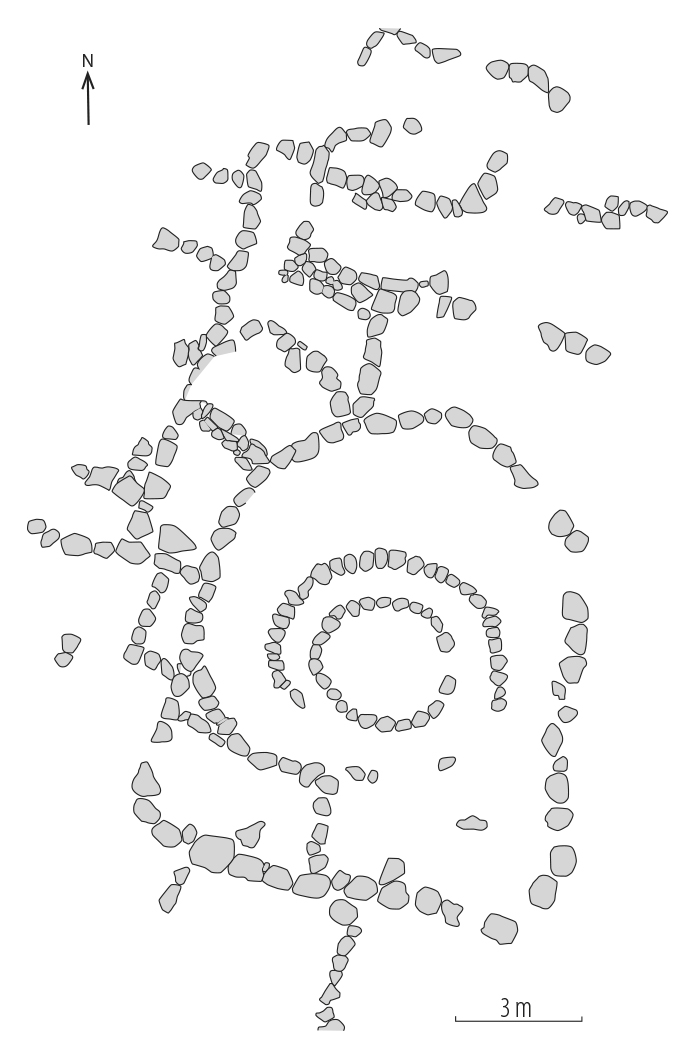
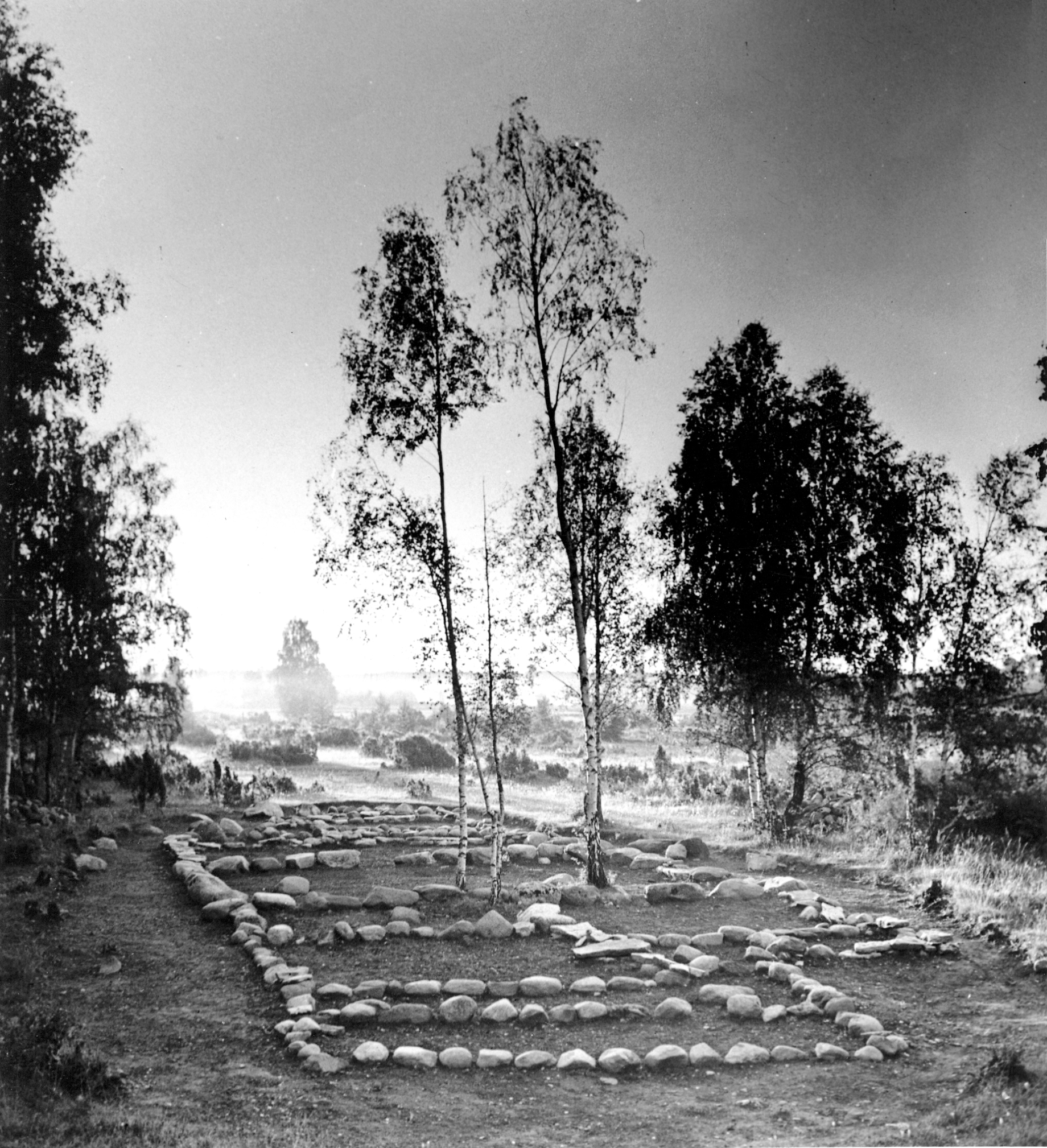
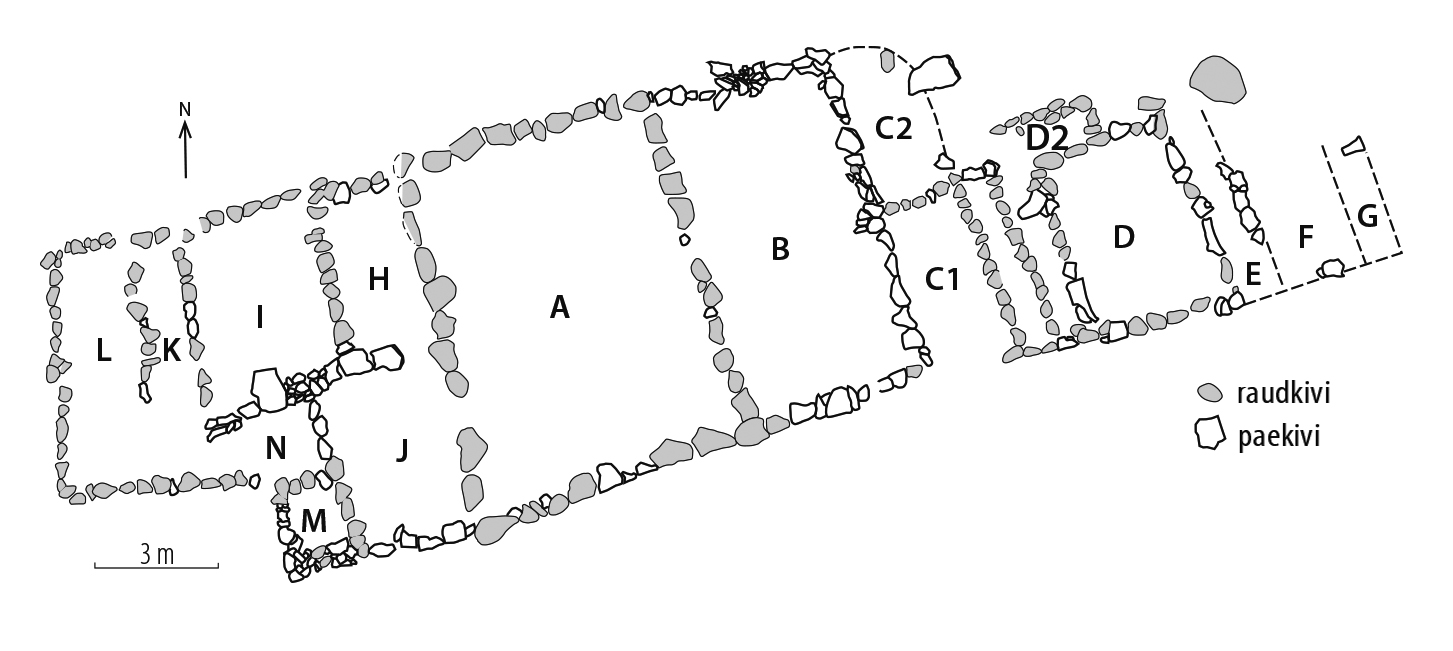
The cultural background of the early tarand-graves
The cultural contacts and their dynamics reflected in the findings of the early tarand-graves are interesting. Grave goods in the Late Bronze Age and Early Pre-Roman Iron Age tarand-graves – massive iron and bronze arm rings, so-called Bräcksta-type neck rings, spiral- and roll-headed decorative pins – are similar across the coastal zones of Estonia, Finland and Sweden (appearing only in individual cases in Latvia), which speaks of intensive reciprocal interactions of the people living in these regions. The mentioned artefacts have either a Scandinavian or Central European origin; in the case of iron arm rings, the Volga-Oka region is not, however, excluded. Some such artefacts have been found also in late stone-cist graves, evidencing the parallel use of both grave types. Pottery – where it is present in early tarand-graves – is, however, predominantly of the so-called Ilmandu or Morby type, which represents a later development of the southwestern group of the Tapiola-style ceramics that formed under the influence of new, eastern influences.
With regard to the grave goods, however, Late Pre-Roman Iron Age tarand-graves differ regionally. In Estonian and Latvian graves, shepherd's crook pins become very widespread, which believably originate initially from around the Dniepr basin, as well as temple ornaments with spoon-shaped ends and spiral centres (fig. 5). The latter apparently formed autochthonously, although the initial impulse came from the east. Especially in graves of Coastal Estonia, one can often find direct imports from the Volga-Oka region, which nevertheless were not subsequently acculturated in the local material culture. In tarand-graves of West and Northwest Estonia, Corded Ware ceramics were widespread, in graves in the vicinity of Tallinn alongside it also Comb Ceramic pottery. In both cases, contacts with inhabitants of the southern Baltic Sea coast have been assumed. Both the mentioned artefact types as well as types of pottery remain, however, rather foreign in Finland and Eastern Central Sweden during the Late Pre-Roman Iron Age (only individual corresponding finds are known, although not from graves so far).
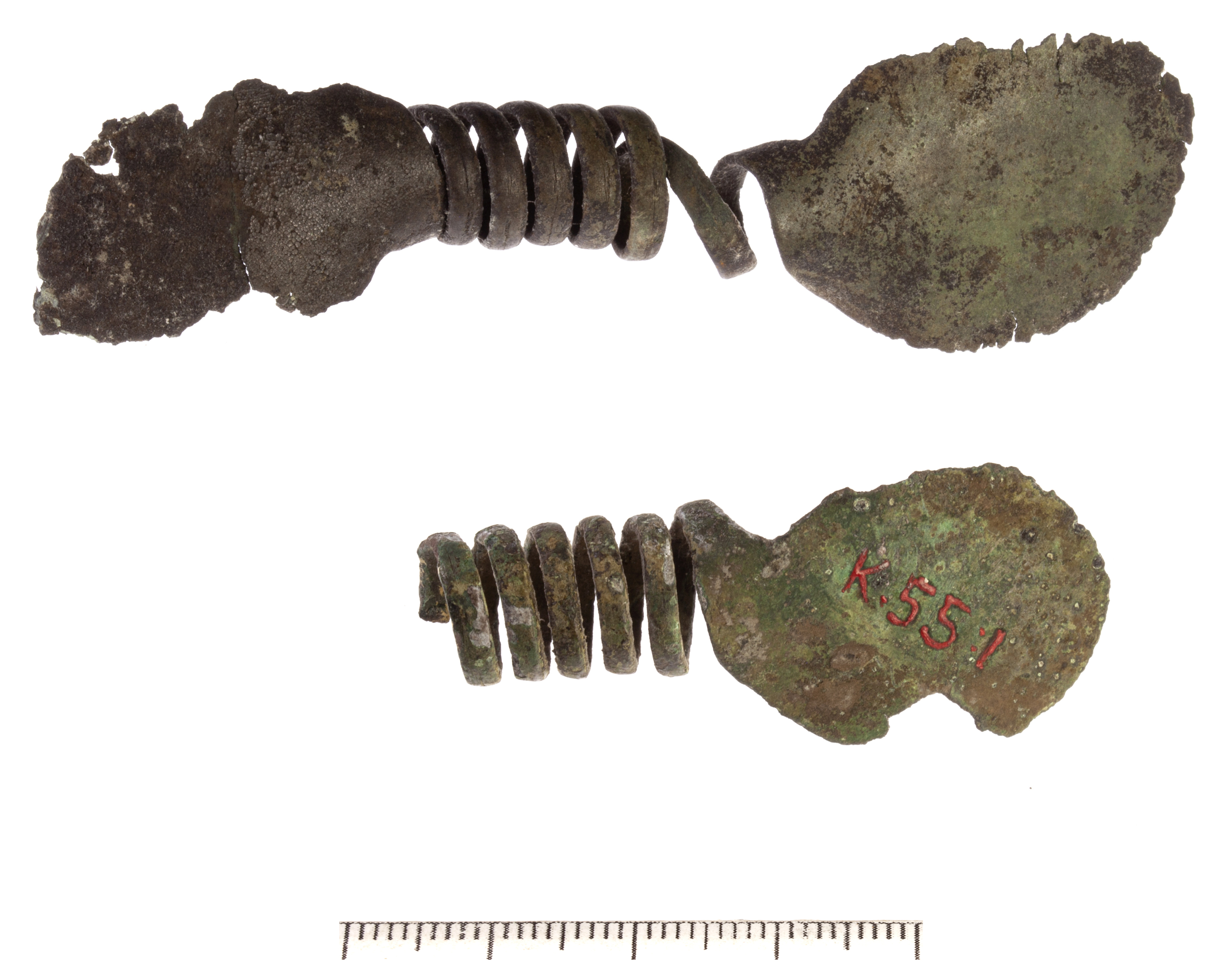
Such a development points to the circumstance that in the middle of the Pre-Roman Iron Age, fundamental changes took place within the thus far relatively uniform cultural area: communication over the Gulf of Finland and the Baltic Sea became significantly reduced. As a result, innovations in material culture that spread to Estonia and North Latvia from both the east and south did not reach the Finnish nor Central Swedish coasts anymore. Whether this process is somehow related to the contemporaneous founding of numerous hill forts in Estonia and Latvia, has not yet been studied.
The ancient DNA of people buried in early tarand-graves
Of the Early Iron Age population of Estonia, nine individuals buried in Ilmandu, Kunda, Kurevere, Poanse and Võhma Tandemägi tarand-graves have so far been studied with the help of ancient DNA, and temporally as well as genetically one burial in Loona stone-cist grave fits within the same period. In addition, five individuals have been inlcluded from two tarand-graves in Ingria (Kerstovo and Malli), which belong to the first centuries of the Common Era.
The genetic heritage of those buried in tarand-graves is already very similar to that of contemporary Estonians. In the formation of both groups, similarly to the previous Corded Ware people and those buried in Bronze Age stone-cist graves, migration waves originating from three basal sources have played a significant part, the influence of which is indicated by the genome of the studied individuals that is studied through the ancestral components that can be connected to their heritage. These originate from the European Hunter-Gatherers, Early European Farmers originating from the Near East and the Western Steppe Herders of Eastern Europe. Compared to the previous inhabitants of Estonia, alongside the other ancestral components one can for the first time find such an “addition” in the genetic heritage of the tarand-grave individuals, which arrived to these regions probably with a relatively recent migration wave from the east. This new ancestral component is common nowadays among the indigenous peoples of Siberia. The proportion of the new component does not exceed 5% in the genome, although it is noteworthy that its addition can be connected with influences mediated primarily by men: a third of the studied men from tarand-graves had the Y chromosome clearly of an eastern origin (so-called N3 type).
Such a component has so far not been found among West and South Europeans. The inhabitants of Estonia buried in Iron Age tarand-graves are similar to contemporary Estonians and other North Europeans also in the sense that gene variants associated with light hair, eyes and skin colour and lactose tolerance are widespread among them, which in fact reached a high frequency already during the Bronze Age (viide).
